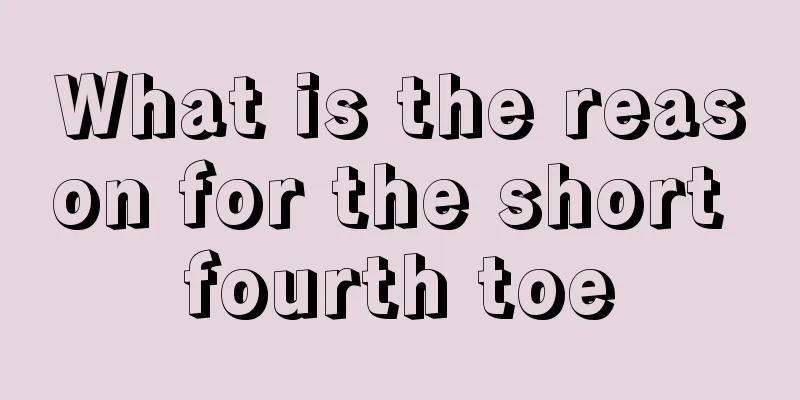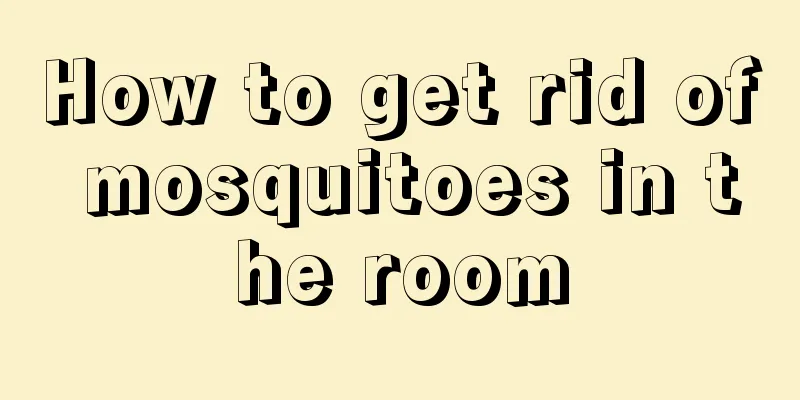The difference between mouse ears and purslane

|
Purslane is a plant that most people are familiar with. Whether it is eaten raw or cooked, it tastes great and is very popular. When picking purslane, you will also encounter plants such as mouse ears. Although they look similar in appearance, their shapes and nutritional values are actually completely different. 1. Different families Mouse ear is a vine-like shrub of the genus Rhamnaceae; while purslane is an annual herb of the genus Portulaca of the family Portulacaceae. Is mouse ears purslane? Differences between Mouse Ear and Purslane Image: Purslane 2. Different plant forms 1. Mouse Ear: Leaves are alternate, with short petioles, ovate or nearly round, 5-10 mm long, obtuse at the tip with small bumps, rounded or slightly cordate at the base, entire margin, papery, dark green above, pale beneath, with 5 pairs of lateral veins, straight and parallel. Flowers bisexual or polygamous, 2 to more clustered in leaf axils or at the top of branches, with short petioles 3 to 6 mm long; sepals 5, 2 to 3 mm long, narrowly lanceolate or linear; petals 5, linear-lanceolate; stamens 5, sometimes 6; ovary superior, 2-chambered. The fruit is fleshy, long ovoid, 4 to 6 mm long, and purple when ripe. Is mouse ears purslane? Differences between Mouse Ear and Purslane Picture: Mouse ears 2. Portulaca oleracea: The stem is purple-red, the leaves are alternate, sometimes nearly opposite, the leaf blades are flat, thick, obovate, and horse-tooth-shaped, with a rounded or truncated apex, sometimes slightly concave, a cuneate base, entire margin, dark green above, light green or dark red below, and a slightly raised midrib; the petiole is thick and short. The flowers are sessile, often clustered in 3-5 at the ends of branches; there are 2 sepals, about 4 mm long, with a keel-shaped protrusion on the back, and fused at the base; there are 5 petals, rarely 4, yellow, obovate, 3-5 mm long, slightly concave at the apex, and fused at the base; the capsule is ovoid, about 5 mm long, and the lid is cracked; the seeds are small, mostly obliquely spherical, dark brown, shiny, and less than 1 mm in diameter. [Editor's Conclusion] The main difference between mouse ear and purslane is that the leaves of mouse ear are dark green on top and pale underneath, while the leaves of purslane are dark green on top and light green or dark red on the bottom. The above article introduces the difference between mouse ears and purslane. Do you know it? |
<<: Why can lard cure flat warts
>>: The difference between Liubao tea and Pu'er tea
Recommend
Can needles be sterilized by burning them with fire?
Acupuncture is a treatment method with a very lon...
Does tonsil suppuration require intravenous infusion?
Tonsillitis is a very common disease in daily lif...
What should I do if my hands always have cracks?
If your hands are always cracked, it means that t...
What are the dangers of wearing headphones to sleep
Many people have bad sleeping habits, and imprope...
How to prevent hamartoma
Although many people are unfamiliar with the dise...
What are the diagnostic methods for laryngeal cancer?
For more than a month, Mr. Wei, 70, had been suff...
How to treat gastric bleeding caused by gastric cancer
The incidence of gastric cancer complicated with ...
Dietary care for advanced skin tumors
In the treatment of advanced skin tumors, dietary...
How to inject anti-wrinkle injection
Injection of wrinkle-removing injections is a mic...
What are the grading standards for muscle tone?
In daily life, the occurrence of many diseases us...
How to quickly turn yellow shoes white
Nowadays, many people like white sneakers very mu...
What are the effects and side effects of baking soda
Baking soda is a common kitchen seasoning in our ...
What symptoms can poor sleep cause?
In fact, there are many people who have poor slee...
Introduction to the five major symptoms of ulcerative proctitis
The number of patients with gastrointestinal dise...
Are orthodontic teeth prone to loosening?
Orthodontics actually refers to the correction of...









